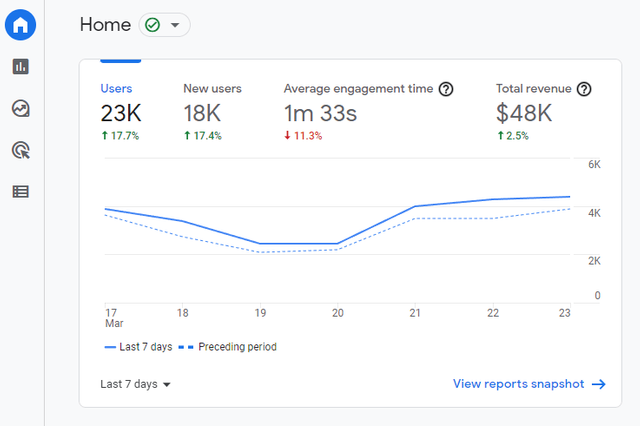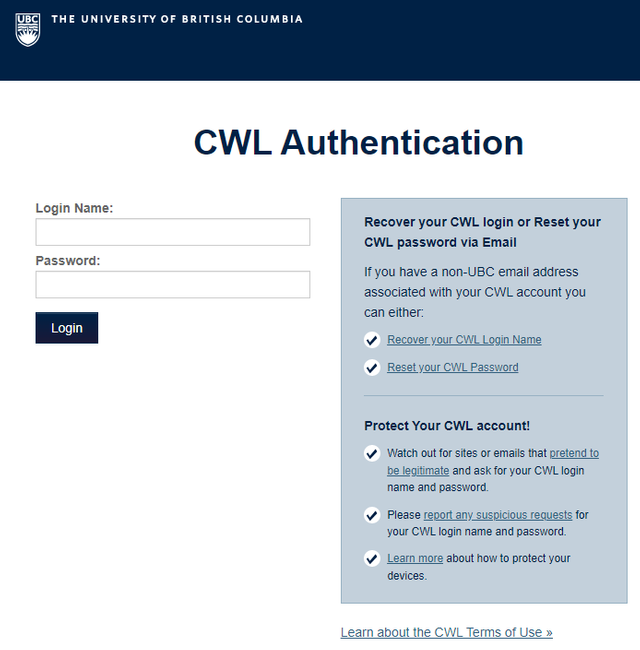Failing to track user activity on your WordPress.com website can leave you with a lot of unanswered questions about your visitors. You’ll have traffic you know nothing about, and you won’t be able to optimize your content or your website for better performance.
Fortunately, there are a nearly endless number of ways you can track your user activity. By closely monitoring who visits your site and what they do there, you can gain a better understanding of your audience.
In this article, we’ll explore some of the most popular ways to track user activity on WordPress.com websites, as well as how to use that data to improve your own site. Let’s jump right in!
Why You Might Want to Track User Activity
There are many reasons you might want to track user activity, including to:
Better understand your audience
See what content is most popular
Find out which pages are being visited the most (and least)
Determine where your traffic is coming from
See what devices and browsers are being used to visit your site
Understand how people are interacting with your content
Find out what times of day or week are most popular for visits
All of this data can be extremely valuable in helping you to optimize your website for better performance. It can also help you to create more targeted and relevant content, which is more likely to engage and convert your visitors.

Understanding your audience helps you create content tailored to their specific needs and interests. Plus, knowing which pieces of content and pages are most popular can help you drive traffic to those places more often.
8 Types of User Activity You May Want to Track
Of course, the term ‘user activity’ is fairly vague. It can encompass anything users do when they visit your website.
You probably can’t track and pay attention to every single data point, so it’s important to understand what matters most. With that in mind, here are eight kinds of activity you may want to focus on.
- Page Visits
Page visits are one of the most basic types of user activity data you can track. This metric shows you how much traffic you’re getting, as well as which pages on your website are the most (and least) popular.

You can also watch how long people spend on each page. This can help you determine whether or not people are finding the content there engaging.
- Browsing Behavior
Browsing behavior data can help you understand how people are interacting with your website. This information can be valuable in understanding what type of content is most popular, how long people are spending on your site, and how many pages they’re visiting.
You can also track how people are finding your website (e.g., through search engines, social media, etc.), what pages they’re landing on, and what pages they’re exiting from. That way, you can make changes as needed to bring in more readers and keep them around longer.
Clicks on Links
If you have any external links on your website, you’ll want to track clicks. This data can help you understand how people are interacting with your website, and which external websites they’re visiting from yours. This is especially crucial if you use your site for affiliate marketing, or if you want to send visitors to other key places (such as your social media profiles).Logins
If you allow users to register on your site, tracking logins can show you how often members visit and sign in. This data helps you differentiate between member visits and guest visits. That way, you’ll know if most of your traffic is coming from your existing audience, or if you’re successfully attracting new users as well.

If you’re tracking logins, you can also track failed login attempts. This can help you troubleshoot why users are having difficulty accessing your site, and identify potential hacking attempts.
New Account Creations
If you’re running a membership site, you’ll also want to track new account creations. This data can help you understand how effective your marketing efforts are in driving people to sign up for your site.Sign-ups for Newsletters, Courses, and Other Content
If you’re offering content such as newsletters and courses, you’ll want to track sign-ups. This tells you how popular your content is, and whether your Calls To Action (CTAs) are having an impact.Downloads
If you offer any downloadable content on your website, you’ll want to track downloads. This data can help you understand how popular your offerings are, and what type of content people are most interested in.
You can also track how many times a particular file has been downloaded, where the downloads are coming from, and what types of devices people are using to download your content.
- eCommerce Data
If you have an eCommerce store, you’ll want to track data about sales, conversion rates, average order values, and more. These metrics are crucial for making sense of how well your store is performing and what areas you need to improve on.

Depending on the tool you’re using, you may also be able to keep an eye on what products are being sold, what type of traffic is coming to your store, and where your sales are coming from. The more details you can track, the more you’ll know about what products you should promote, which items you may want to remove, and so on.